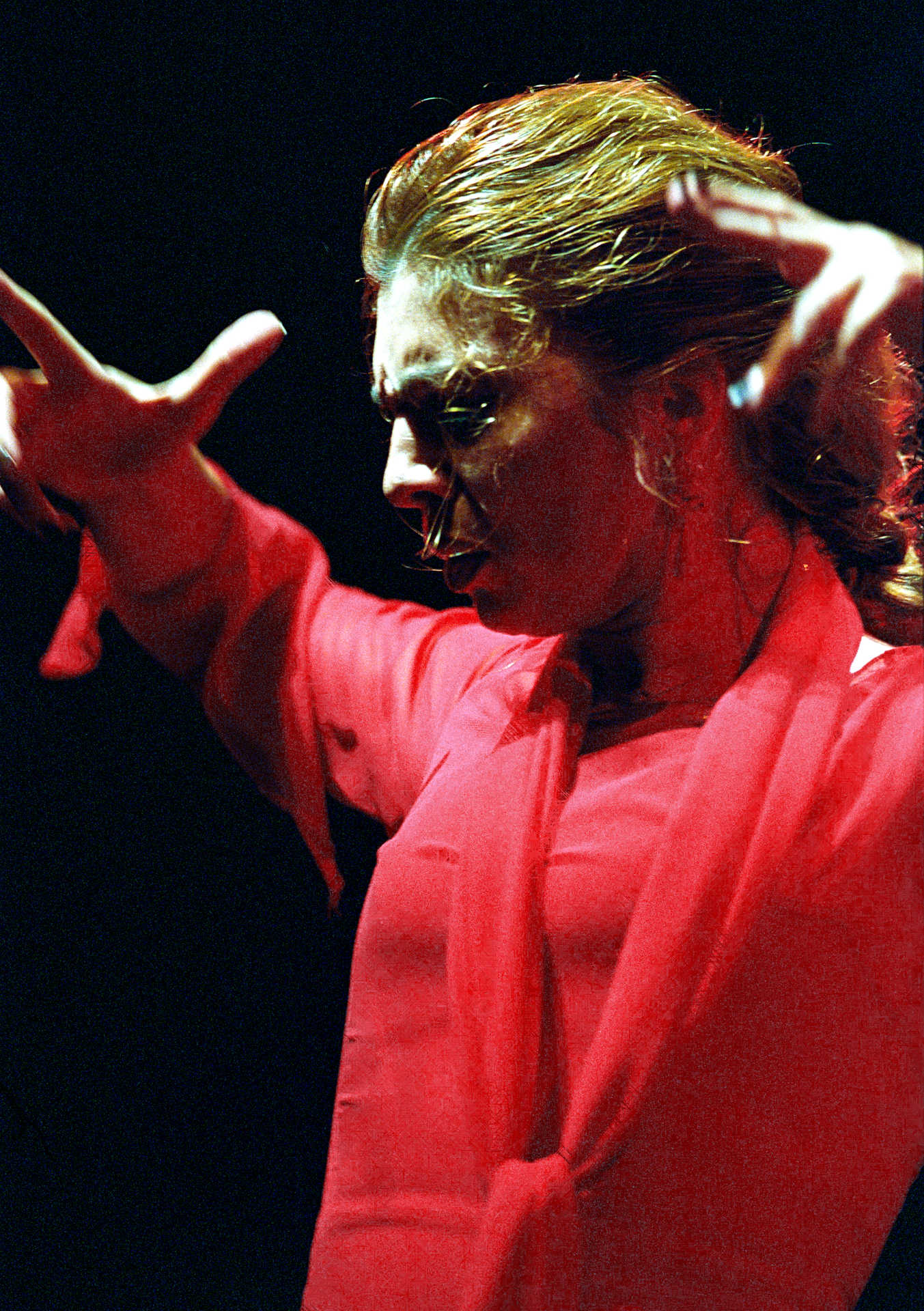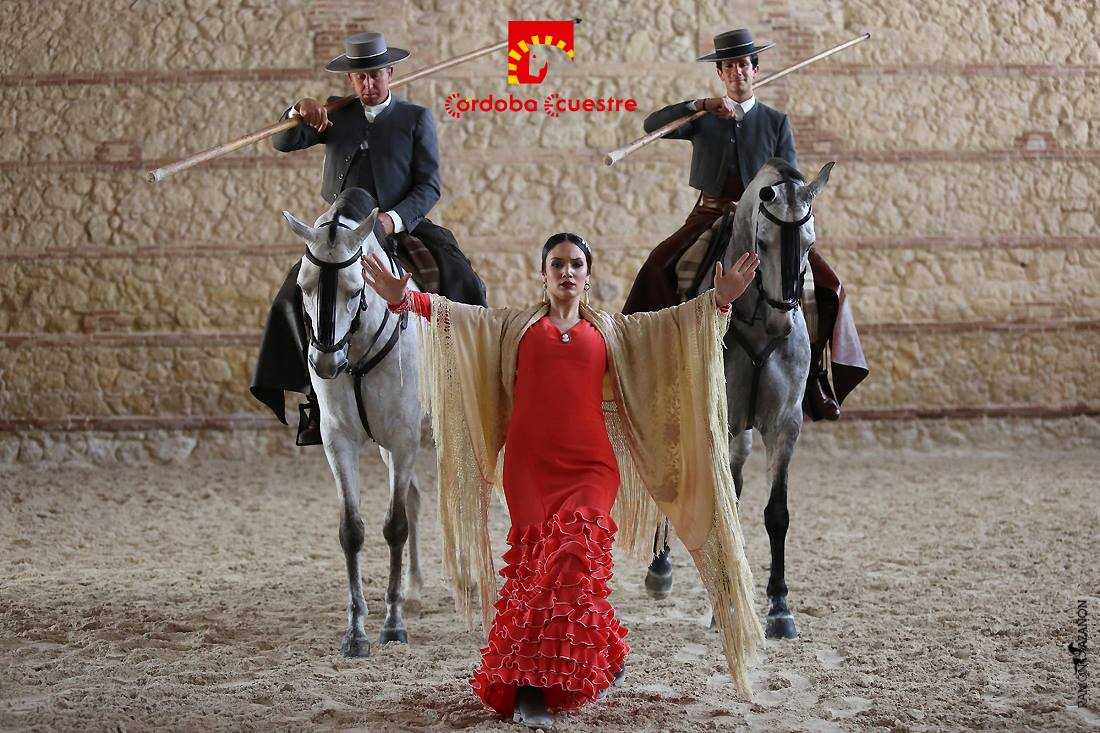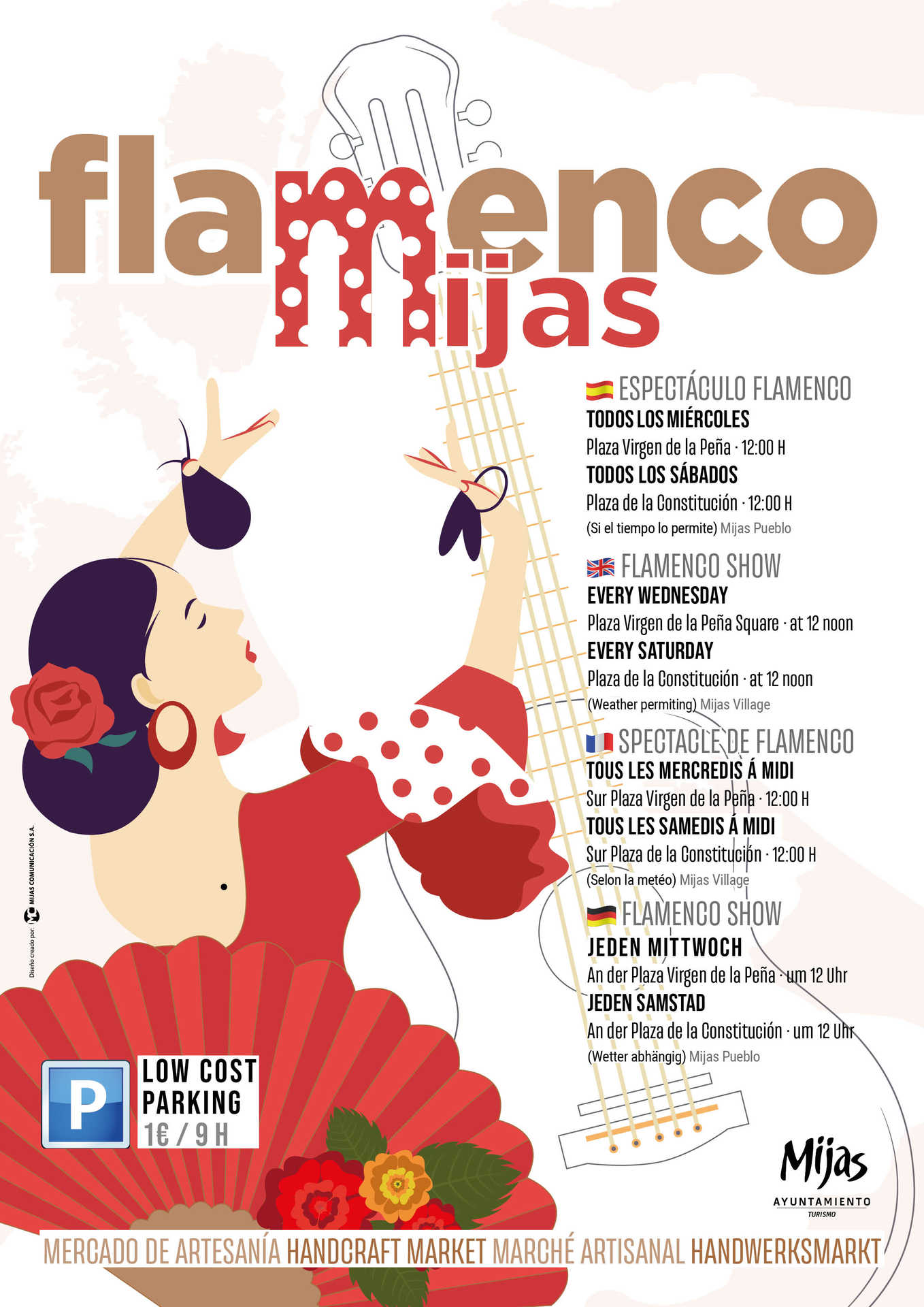
First written references
According to the widest spread ideas, the beginnings of flamenco didn´t include dance or guitar but only song. Due to this it has been thought that the 'toná' was the first style in history and that this consolidated the triangle formed by Triana, Jerez and Cádiz.
Despite this after reading "La Gitanilla" by Cervantes, in depth, it can be observed that, unless the story was the fruit of his imagination, which would not be surprising, the first flamenco discipline was that of dance. The character of Preciosa, a young dancer who earned a living dancing in a style from Andalucia and which captivated both the musical and vocal accompaniment, joined to form the so called 'corridos gitanos'. At the beginning of this 'Exemplary Novel' from Cervantes, one can read: "Out came the so called Preciosa the only dancer of the gypsies and the most beautiful and discrete that one could find, not only out of the gypsy race but out of all of those famously proclaimed beautiful and discrete". The book, written at the beginning of the XVII century, creates the first non oral precedence in the study of the origins of flamenco. However its not worth getting excited about: since the novelistic character of the story takes realism away from it and for which reason this information can not be considered in any way empirical. However, the existence of a booklet written by 'Bachiller Revoltoso' around 1740 has to be underlined. This tells us a story in which the granddaughter of Baltasar Montes (the oldest gypsy from Triana) danced in the houses of noble folk in Sevilla acompanied by string and percussion instruments. This same author tells us of the cruelty with which the troops of Castilla treat the population of Triana due to "La Prisión General de los Gitanos", dictated in 1749.
However, the same diatribe of "La Gitanilla" arises with the reading of the "Cartas marruecas" by José Cadalso, in 1789, a series of letters that a Moroccan called Gazel Ben-Aly sends to his friend Ben-Beley. In this, the writer describes a 'juerga gitana' in a country estate led by 'Tío Gregorio', information which after the other, definitively confirms the existence of a peculiar and different music in Andalucía.
Around 1820 this is confirmed by the appearance of a newspaper in Cádiz with the news that in the Theatre del Balón, Antonio Monge will perform four 'polos' (from Ronda, Tobalo, Jerez and Cádiz) and in the Salón Barrera in Sevilla, Miss Sejuela will dance to 'soleá'. Finally the 'Baile en Traina' that Serafín Estébanez Calderón describes in his "Escenas Andaluzas" (1862), in which can be found the celebrated singers El Planeta and his student El Fillo, closes the circle of the conjectures about the origins of flamenco. From this moment on there is a clear conclusion: the genre is more than two centuries old, something that is confirmed when Demófilo founds 'flamencología' (the study of flamenco) publishing in 1882 his "Coleccion de Cantes Flamencos".
Related events













